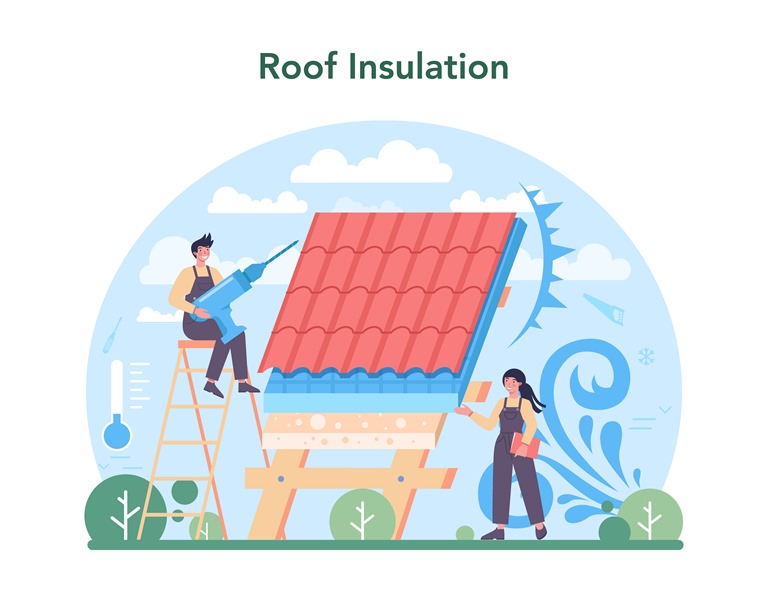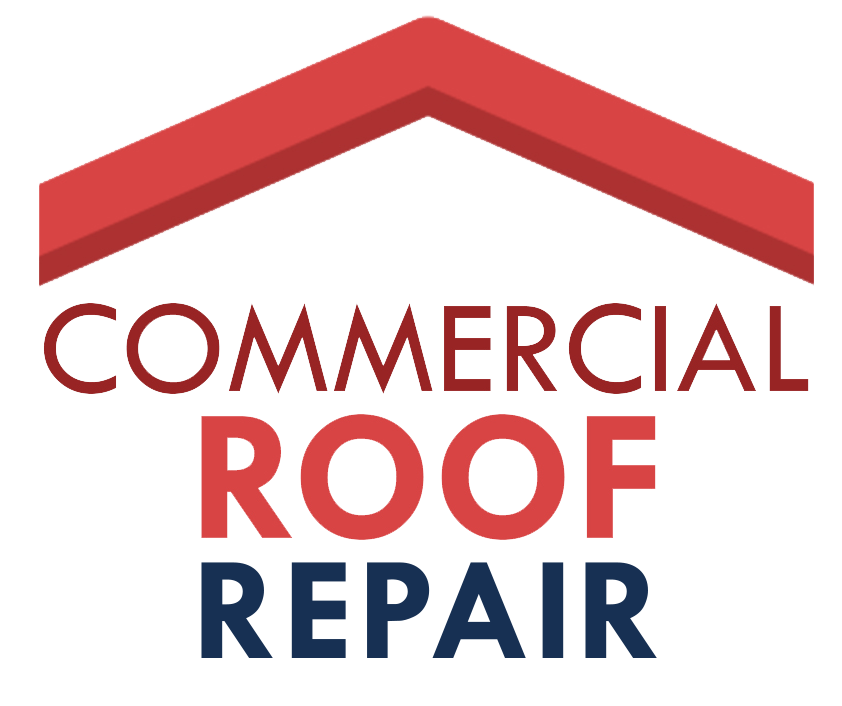Roof leak repair nj; Roof leaks can cause major problems if not addressed promptly. They can lead to water damage, mold growth, and even structural issues that require expensive repairs. In New Jersey, where the weather can be unpredictable, it’s crucial to keep your roof in good condition to prevent leaks from happening. In this guide, we’ll discuss different types of roof leaks, how to identify them, and how to repair them effectively.
Table of Contents
Types of Roof Leaks
- Shingle Damage – When strong winds or storms occur, they can lift, crack, or remove shingles, leading to water infiltration. A roofing contractor can replace damaged shingles to prevent further leaks. It’s important to ensure that the new shingles match the existing ones in color and texture.
- Chimney Leaks – The flashing around chimneys can become damaged, corroded, or improperly installed, causing water to seep through. To fix a chimney leak, a professional roofer will remove the damaged flashing and install new flashing that is properly sealed to prevent future leaks.
- Skylight Leaks – Poor installation, aging sealant, or cracked lenses can cause water to leak around skylights. A roofing contractor can remove old sealant and apply new sealant to prevent leaks. If the skylight itself is damaged, it may need to be replaced.
- Ice Dam Leaks – Ice dams form at the edge of the roof when snow melts and refreezes due to uneven heat distribution on the roof. This prevents water from draining properly and causes it to leak into the house. To fix an ice dam leak, you can use a roof rake to remove the snow from the edge of the roof. For more persistent ice dams, it’s best to call a professional ice dam removal service to avoid damaging the roof.
- Vent Pipe Leaks – Plumbing vent pipes that penetrate through the roof can become damaged or develop cracks, allowing water to enter. A professional plumber can replace damaged vent pipes with new ones to prevent water infiltration.
Identifying Roof Leaks
To repair a roof leak effectively, you need to identify its source. Here are some common signs and symptoms to look out for:
- Water stains on ceilings or walls indicate that water is seeping through the roof.
- Musty odors suggest that mold is growing in damp areas caused by a leak.
- Sagging or drooping ceilings indicate that excess water has damaged the ceiling’s structural integrity.
- Damp or wet insulation in the attic suggests that water is getting in through the roof.
- Dark spots or streaks on exterior walls show where water is running down the side of the house.
- Peeling or bubbling paint is a sign that moisture is accumulating under the paint layer.
- Missing or damaged shingles point to storm damage or natural wear and tear.
- Cracked or corroded flashing around chimneys or vents indicates that the flashing needs replacement.

Repairing Roof Leaks
Once you’ve identified the source of the leak, it’s time to make repairs. Here are the steps to follow:
- Shingle Replacement – If shingles are missing or damaged, a professional roofer can replace them to prevent further leaks. The new shingles must match the existing ones in color and texture to ensure a seamless appearance.
- Chimney Flashing Repair – Fixing the flashing around the chimney involves removing the damaged flashing and installing new flashing that is properly sealed to prevent future leaks.
- Skylight Sealant Replacement – A roofing contractor will remove old sealant from around the skylight and apply new sealant to prevent leaks. If the skylight itself is damaged, it may need to be replaced.
- Ice Dam Removal – To prevent ice dams from forming, you can use a roof rake to remove snow from the edge of the roof. For more persistent ice dams, it’s best to call a professional ice dam removal service to avoid damaging the roof.
- Vent Pipe Replacement – If vent pipes are damaged, a professional plumber can replace them with new ones to prevent water infiltration.
Preventing Future Roof Leaks
- Regular Inspections – Have your roof inspected at least once a year to catch any potential issues before they become major problems. A professional roofing contractor will check for signs of wear and tear and identify areas that may need repairs.
- Proper Ventilation – Ensure your attic has proper ventilation to prevent moisture buildup that can lead to leaks. This includes adequate airflow and the installation of vents and fans.
- Gutter Maintenance – Keep your gutters clean and free of debris to prevent water from backing up under the shingles. Clogged gutters can cause water to overflow and seep into the house.
- Professional Installation – Hire a professional roofer for all roofing installations to ensure proper installation and prevent future leaks.
Conclusion
Roof leaks are a serious issue that can cause significant damage to your home. By identifying the source of the leak and making necessary repairs promptly, you can prevent further damage and save money in the long run. Routine maintenance, proper ventilation, and professional installation can also help prevent future leaks from occurring.
In summary, if you live in New Jersey and suspect that your roof is leaking, it’s important to act quickly to fix the problem. Contacting a professional roofing contractor is the best way to ensure that the repair work is done correctly and effectively. Don’t wait until it’s too late – act now to protect your home from water damage caused by roof leaks.

I come from an extensive family of construction professionals and have been around it most of my life. Early in my home renovation career, I remodeled several homes as well as built custom homes and additions.
Although this was a great experience, I decided to specialize in roofing and gutter systems because I enjoy interacting with customers and seeing their satisfaction when the job is done.

